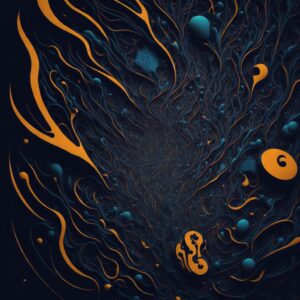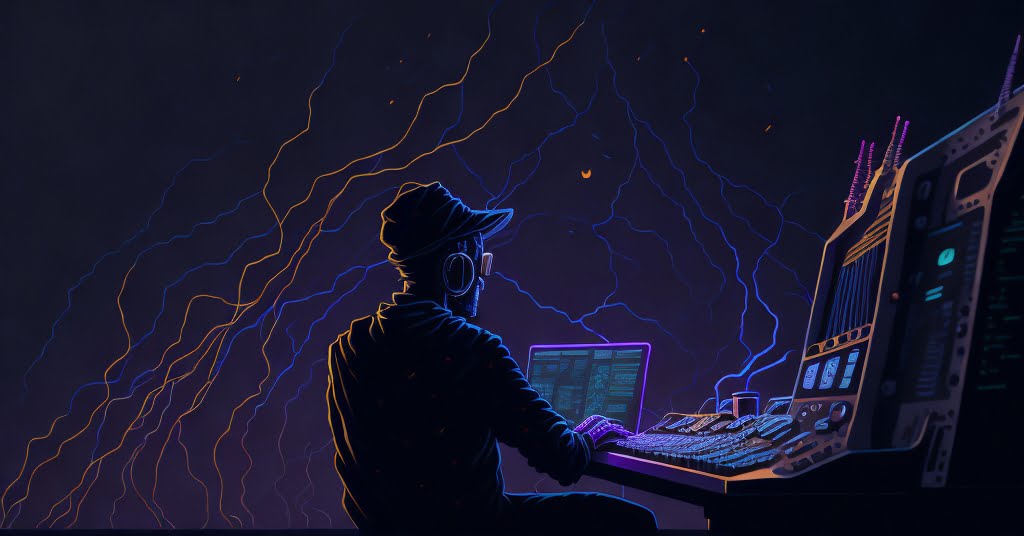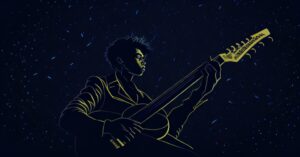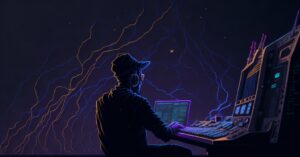Sound design is a meticulously crafted art that breathes life into the auditory world around us. It’s the magic that transforms ordinary sounds into extraordinary sonic landscapes, imbuing them with the power to evoke emotions, guide narratives, and heighten the impact of any creative endeavor. Whether crafting the thunderous roar of a spaceship engine, the delicate chirp of a bird, or the chilling wail of a siren, sound designers wield a remarkable toolkit of techniques to transform the world we hear.
Delving into the Realm of Sound Design:
Sound design is a multifaceted discipline that encompasses a diverse range of techniques and approaches. At the heart of it lies the ability to manipulate and transform raw sonic sources, extracting their unique characteristics and weaving them into intricate tapestries of sound.

Synthesis:
Synthesis is the art of creating new sounds from scratch, using electronic or software tools to generate and manipulate waveforms. This technique allows sound designers to push the boundaries of sonic possibilities, crafting otherworldly and unique sounds that would be impossible to capture using traditional recording methods.
Sampling:
Sampling involves capturing and manipulating existing sounds, often from everyday objects or natural environments. It’s a powerful tool for creating textural layers, adding authenticity to soundscapes, and incorporating unique sonic signatures into compositions.
Manipulation:
Manipulation is the art of transforming and altering existing sounds, using a variety of techniques such as filtering, distortion, and modulation. It’s a crucial skill for sound designers, allowing them to refine, enhance, and personalize the sounds they create.
Creating Immersive Soundscapes:
The ultimate goal of sound design is to create immersive soundscapes that transport listeners into the heart of the story or experience being conveyed. This requires a deep understanding of the narrative, emotional tone, and atmosphere desired.

Combining Techniques:
The most effective sound design often involves a combination of synthesis, sampling, and manipulation techniques. By seamlessly blending these approaches, sound designers can create rich and complex soundscapes that are both sonically engaging and emotionally resonant.
The Impact of Sound Design:
Sound design plays a pivotal role in a wide range of creative endeavors, from film and television to video games, virtual reality, and interactive installations. It has the power to transform ordinary experiences into extraordinary ones, enhancing immersion, evoking emotions, and adding depth and complexity to the narrative.
Conclusion:
Sound design is a captivating and multifaceted art that has the power to transform the way we experience the world around us. By harnessing the power of technology and creativity, sound designers have the ability to craft immersive soundscapes that evoke emotions, guide narratives, and elevate any creative endeavor.





